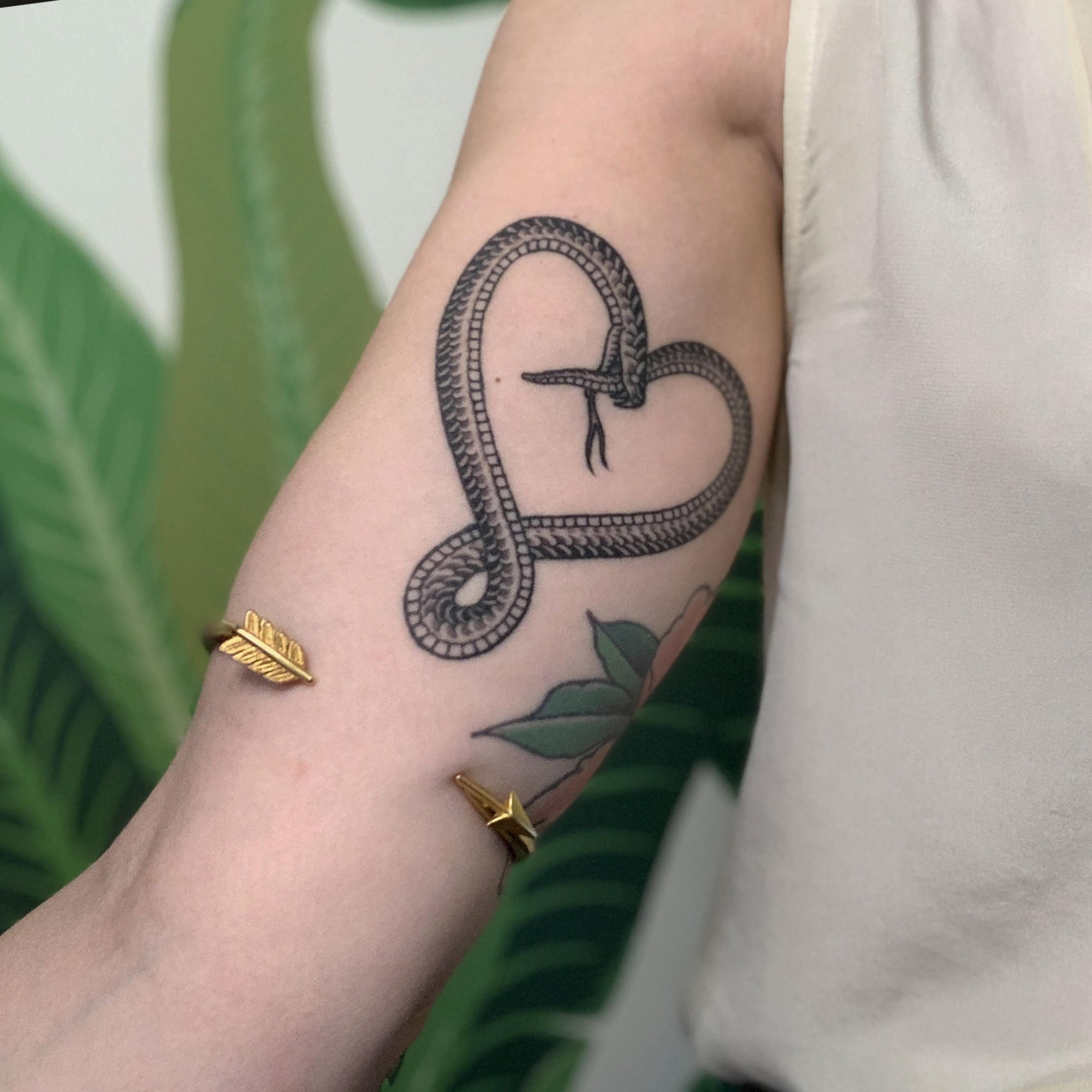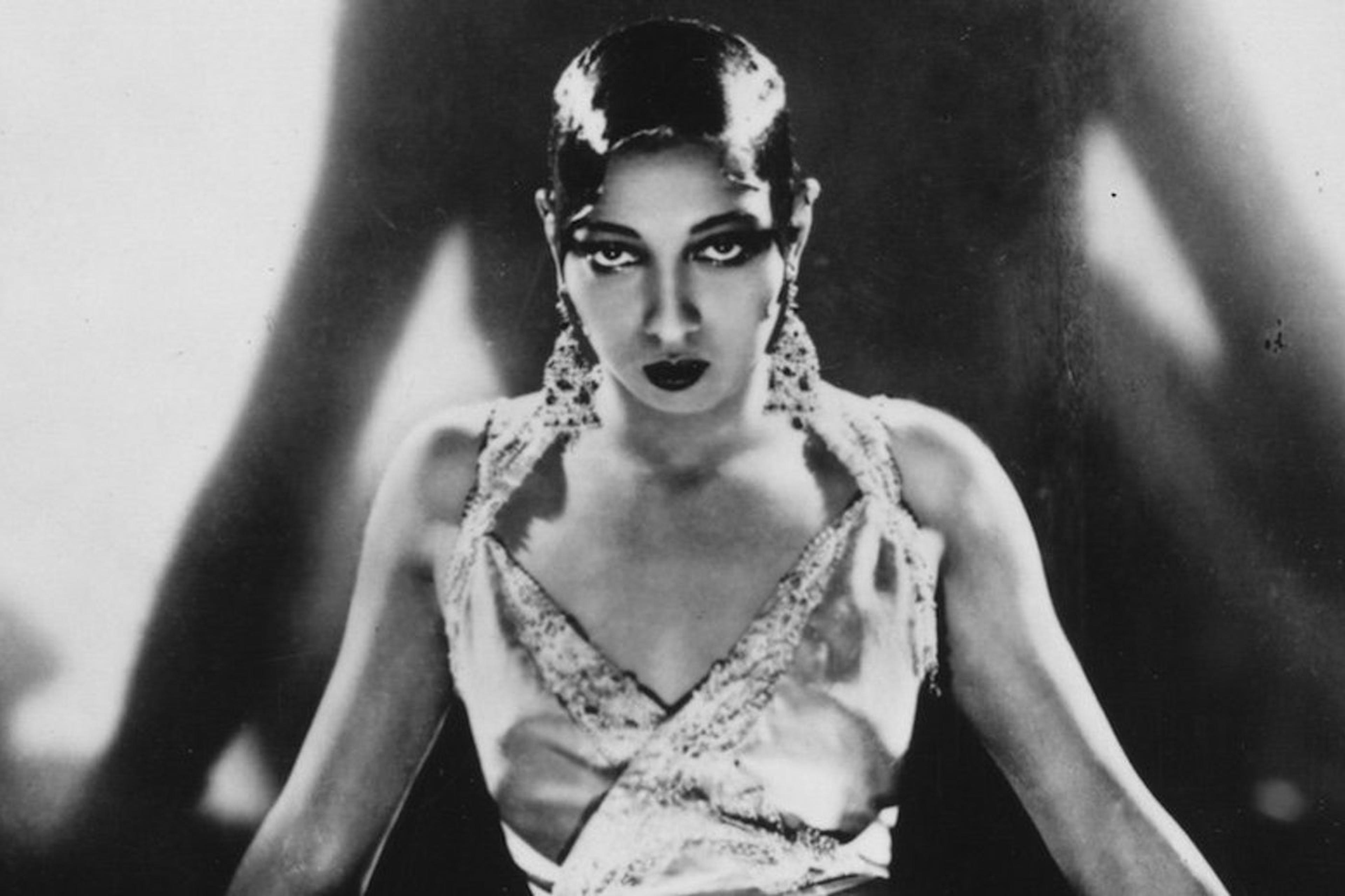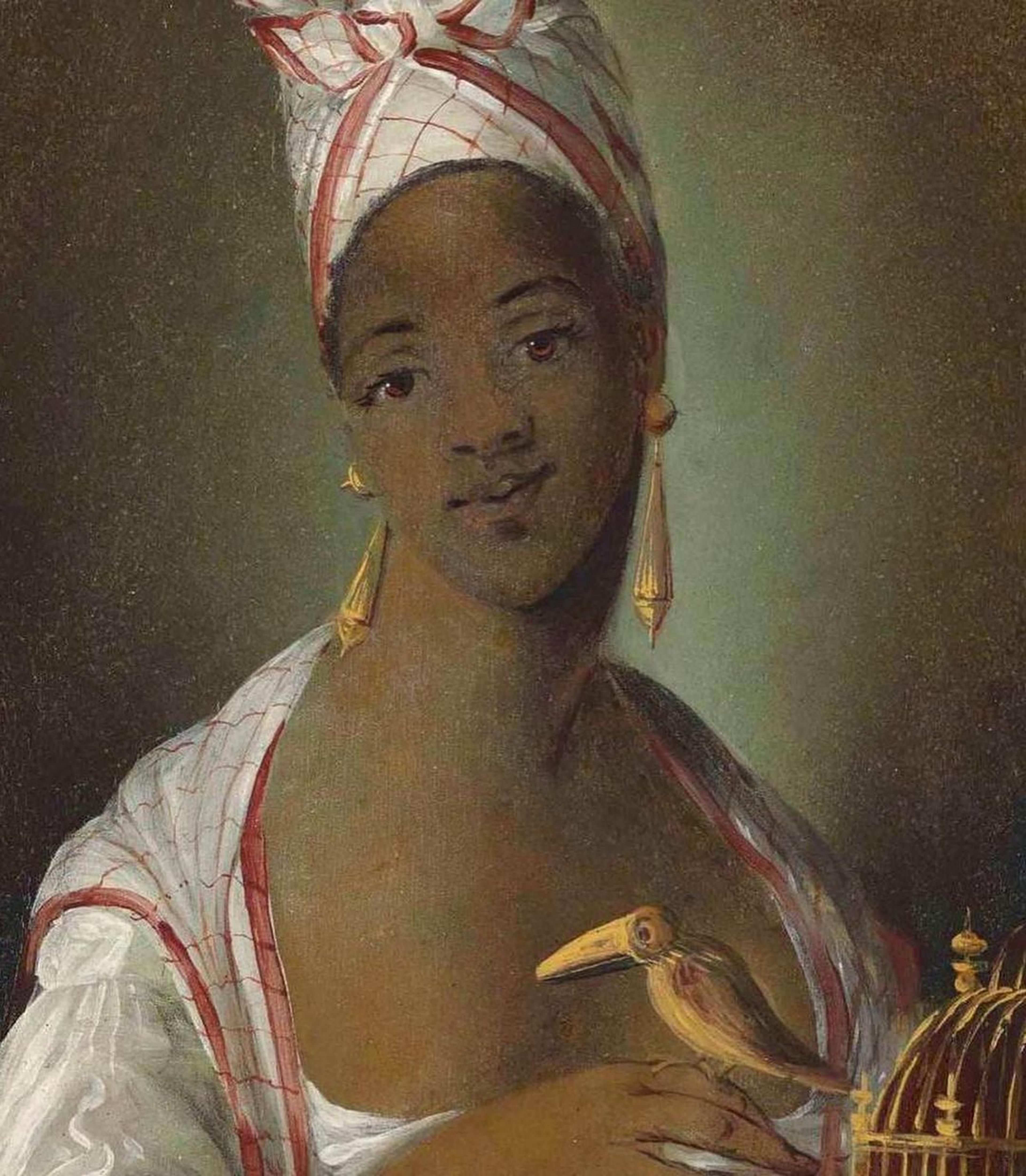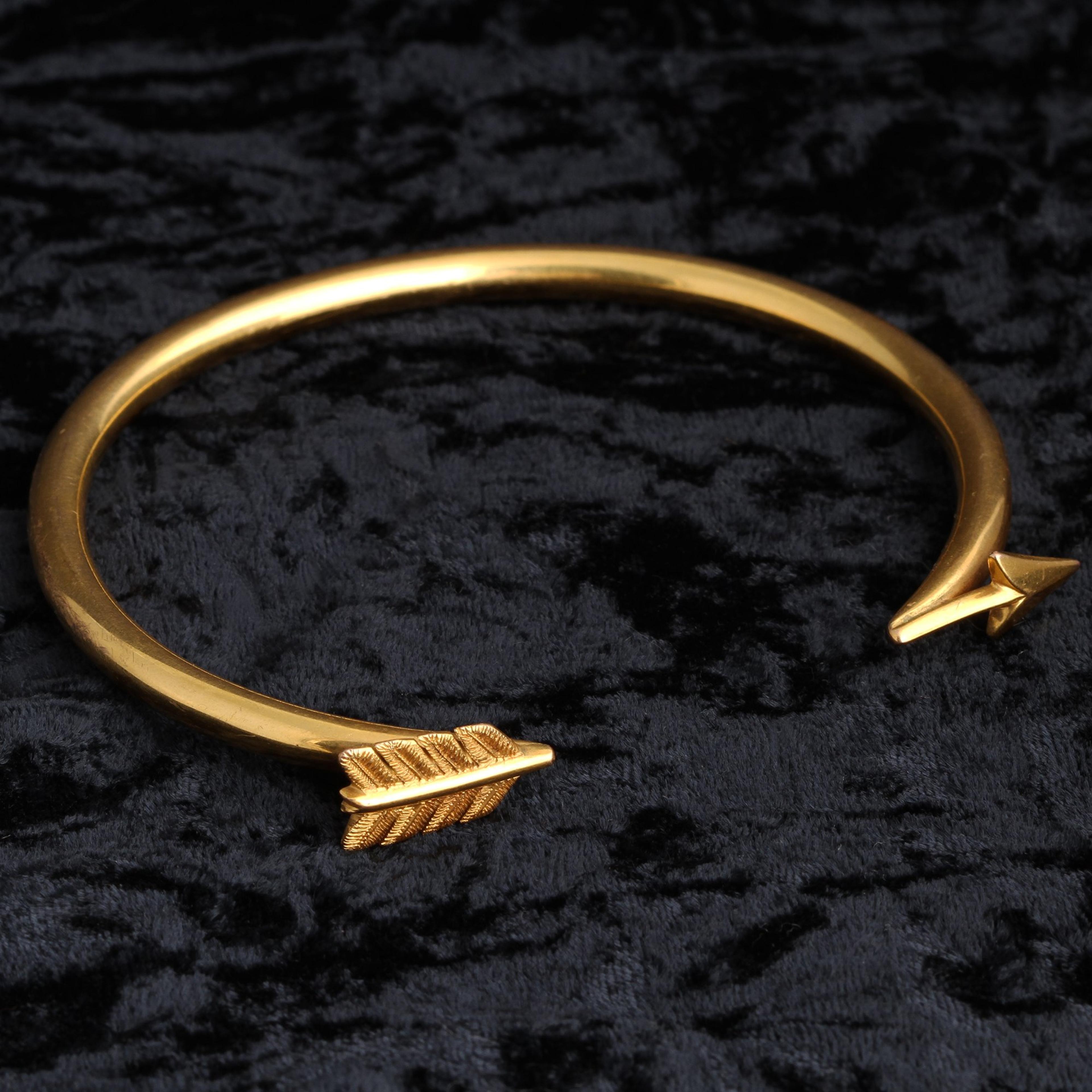The upper arm bracelet has been worn for millennia. They adorned the arms of the ancient Greeks and the Vikings (among others) to denote wealth and status. Later armbands - usually made of cloth and were worn to signify military rank or to indicate that the wearer was in mourning. This edgy version of the ancient style dates to the 1920s and is purely an aesthetic statement. The hollow bracelet features the point and feathers of an arrow. When worn on the upper arm, the arrow appears to pierce the flesh.
thedetails
- Materials
9k yellow gold
- Age
c 1920
- Condition
Excellent - minor scuffs and scratches commensurate with age and use
- Size
9 1/4" inner circumference
Need more photos?
Send us an email to request photos of this piece on a model.


Aboutthe
Art DecoEra
1915 — 1940
Motifs like ziggurats and sunbursts, stripped of visual clutter, conveyed the optimism of an increasingly technological world. In jewelry, the predominant use of white metals let colorful gems take center stage. Stones that were opaque and true in color, like lapis lazuli, onyx, jade, coral, and opal were worked into designs alongside more precious and brilliant gems, like diamonds, sapphires, rubies, and emeralds. Extra-long beaded necklaces and tasseled “sautoirs” followed the narrow flapper silhouette. The baguette cut was an Art Deco innovation, and the decade saw increased use of other angular diamond cuts, like the precise calibré cut and the emerald cut. Synthetic colored gems, specifically ruby and sapphire, were celebrated as a scientific marvel. Marcel Tolkowsky, 21 years old at the time, published the design for the round brilliant cut in 1919.

